PHOTOGRAPHY JASMIN TARCZON
Georgia Sandford drapes a new bralette design.
Sign up to our mailing list for the best stories delivered to your inbox.
The lingerie designer shares the sales strategies that have taken her label from Deniliquin to the farthest reaches of the country.
WORDS EMMA MULHOLLAND PHOTOGRAPHY JASMIN TARCZON
In Issue 42, we met fashion designer Georgia Sandford, who left Melbourne to launch a lingerie label, Wisteria & Willow, in her home town of Deniliquin, New South Wales. As a child, Georgia dreamed of leaving the family property for a life in the big smoke. But then Covid hit and she found herself stuck in Melbourne, longing for the space and pace of country life. So she packed up her samples and headed home.
Not only is she a trained designer, Georgia also has serious business acumen. And she argues that operating from regional Australia needn’t be a barrier for brand founders — just as long as your prepared to invest in online marketing. Here, she shares some of the strategies that have taken Wisteria & Willow lingerie to the farthest corners of the country.
Despite launching in a rural town, you’ve been able to sell all over. Tell us how.
Honestly, thanks to technology, there aren’t many limitations. Learning how to run Meta ads [on social platforms such as Instagram and Facebook] has been crucial to reaching customers across Australia and internationally. By setting up targeted ad campaigns filtered by gender, relationship status, location, age and interests — the list is endless — I can tailor campaigns to my target market.
How did you learn the ins and outs of social media advertising?
After studying fashion design, I completed a Graduate Certificate in Entrepreneurship and Innovation, which included subjects focused on creating psychological and emotional triggers that lead to conversions [sales]. This helped me understand the basics of selling. I then completed two six-month business coaching courses, where I learned how to set up Meta campaigns and integrate email marketing.
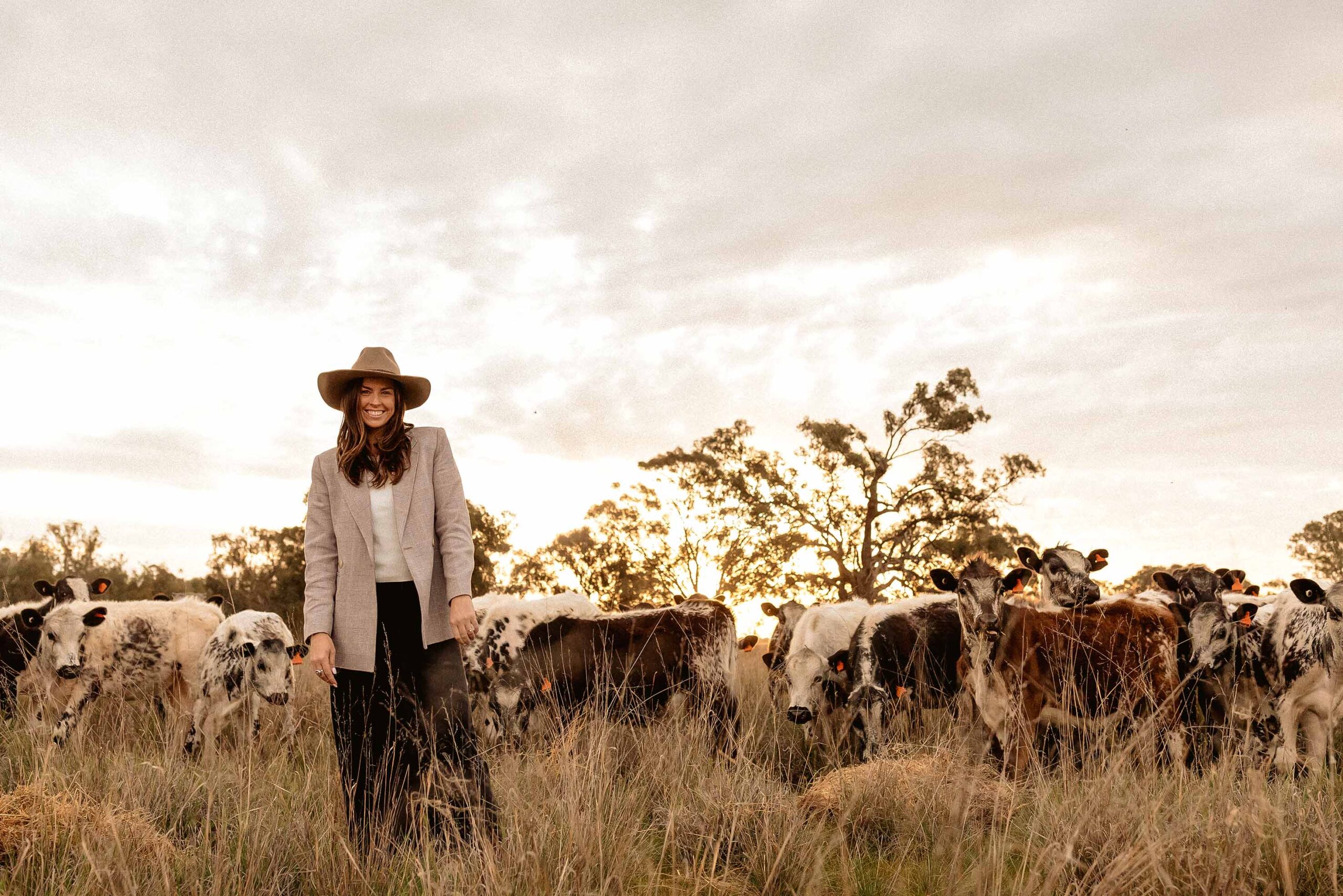
PHOTOGRAPHY JASMIN TARCZON
At the Sandford family’s 6000 hectare farm in Deniliquin.
What’s one thing people get wrong when it comes to online advertising?
The cost involved for a small business. Those ads you see on Facebook can be expensive to run. For example, it might cost a few dollars just to get someone to visit your website — and a conversion might cost around $15. This is on top of product costs. So it’s crucial to set up retargeting ad campaigns and abandoned cart emails to maximise that investment.
What would you say to someone who wants to start advertising on Facebook but doesn’t have the training you have? Is it still worth a shot?
There’s a lot to social media campaigns and setting up the layers I mentioned earlier is vital — otherwise, you’re essentially throwing money away. Marketing agencies are expensive so learning to do it myself was essential for me.
It’s absolutely possible to learn and there are many courses and online training options available. However, I’d advise caution when choosing. Some coaching courses focus on signing up as many students as possible and offer little personalised support. Instead, I recommend finding a smaller business or Meta coach who offers weekly meetings, troubleshooting on Zoom calls and step-by-step guidance. Let me know if you’re looking into a business coach or course – I’m happy to help you weed through the options. [Reach out to Georgia on Instagram @wisteriaandwillow_]
How far in advance do you plan your marketing?
Planning depends on your business model. If you want to wholesale your products, you need a well-developed marketing strategy for the next six to 12 months before you even approach large buyers. For direct-to-consumer businesses, quarterly planning works well initially. A yearly calendar is a great tool. Mark big sale periods like Black Friday, EOFY, Afterpay Day and Boxing Day on your calendar and build your campaigns around them.
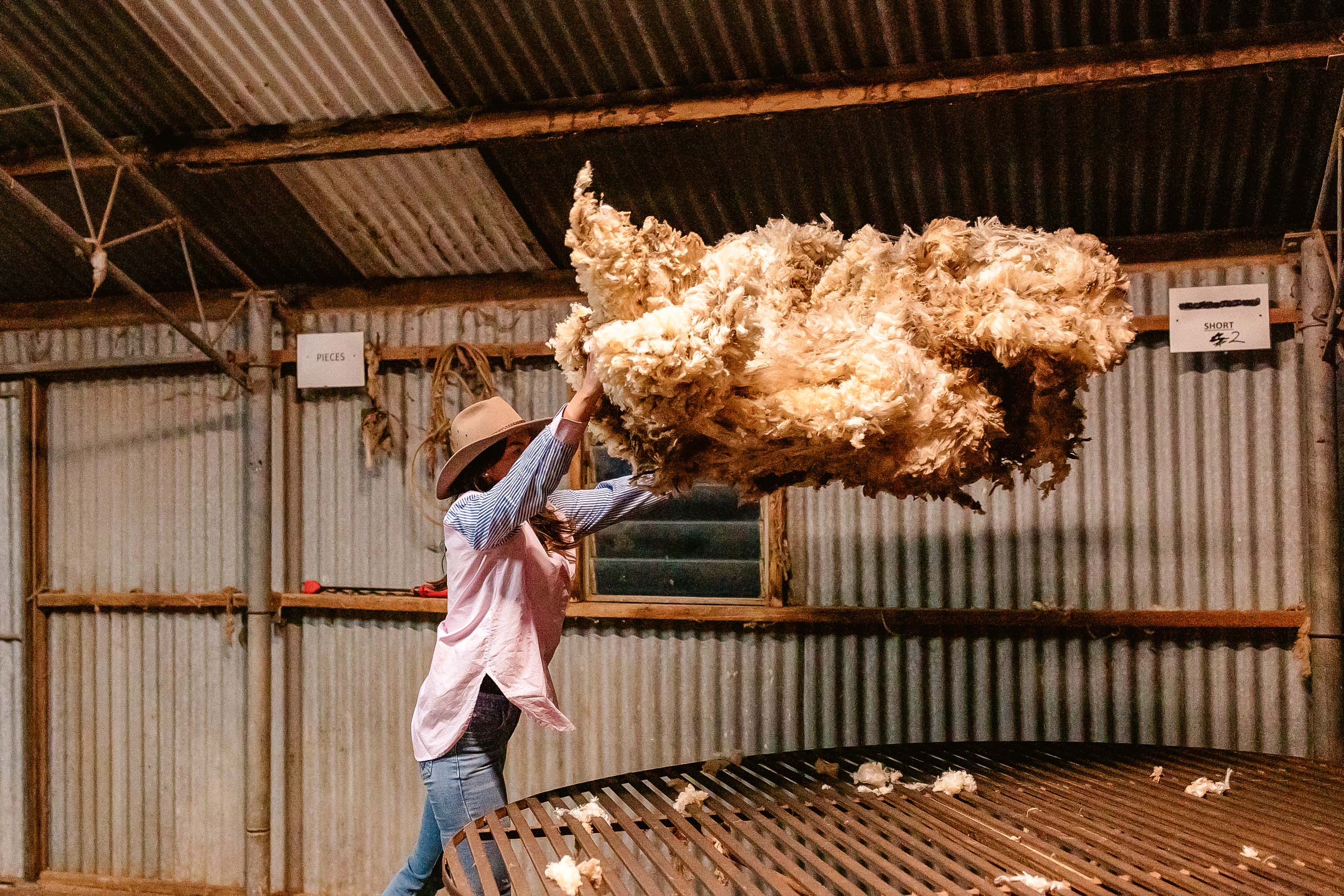
PHOTOGRAPHY JASMIN TARCZON
Shearing had just finished when Graziher came to visit.
How much time do you dedicate to marketing each week?
Marketing is everything in business and it takes up a significant part of my week. The time I spend varies; some weeks, I focus on designing new collections, while others are about campaign planning. I dedicate a lot of time to creating email marketing campaigns, social media posts and ads. I check my Meta campaigns daily and ensure my email campaigns stay fresh without spamming my audience.
Can you tell us about some of the challenges you’ve faced running an online business from a rural area?
Photoshoots are a challenge as they require having a photographer, white studio, hair stylist, makeup artist and models all in one place. I often travel to Melbourne because finding all these elements locally can be difficult.
There’s also the isolation. It’s challenging to run a business in a place where there aren’t other business owners in similar fields to bounce ideas off, or even just to talk to – people who understand what you mean when you say, ‘My ROAS went from 7.5 to 2.8 in a month’. I usually get blank faces.
And the benefits of being in Deni?
It’s the lifestyle. Rural life is calming, which helps balance the stress of running a business. There’s a tranquillity here that cities just don’t have. No traffic, no noise.
Also, Australia Post in Deniliquin is fantastic. Surprisingly, shipping from here can be faster than Melbourne’s suburbs as they aren’t handling thousands of parcels every minute.

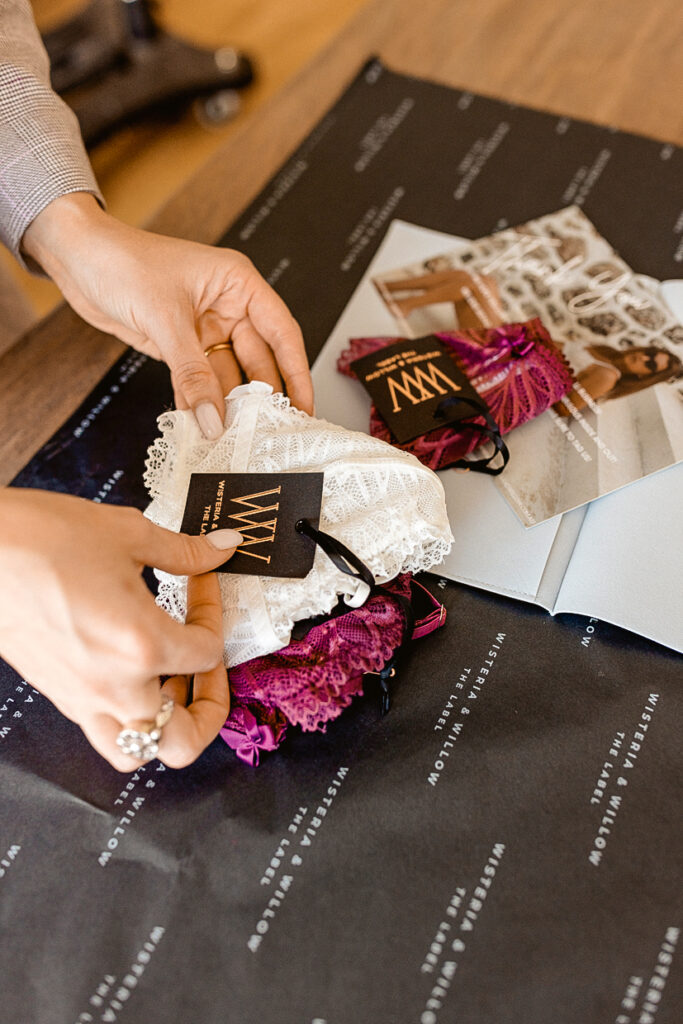
READY TO INVEST? GEORGIA’S TIPS FOR GETTING STARTED…
1. Know your numbers. Understand your profit margins and how much you can afford to spend on ads per sale. This will help you set realistic expectations for CPS (cost per sale) and ROAS (return on ad spend).
2. Optimise your website. Address every potential buyer’s questions, explain why they need your product and highlight what makes it different.
3. Integrate your systems. Use Shopify (or another ecommerce platform) with Klaviyo and Meta ads for seamless management. You want them to talk to each other.
4. Capture email addresses. Have a sign-up form on your website and use this to build your email list.
5. Use the marketing automation platform Klaviyo to automate emails for sign-ups and abandoned carts.
ROOKIE ERRORS THAT SINK NEW BUSINESSES
Ordering too much stock. “It’s tempting to buy in bulk to reduce costs but this can tie up your capital and leave you with unsold inventory. Start small, analyse what sells and adjust your stock accordingly. Regularly introducing new products keeps customers interested and engaged.”
Relying on organic social media. “Many new businesses assume that simply posting on Instagram or Facebook will drive sales, but organic reach is limited unless you have a highly engaged audience or go viral. Paid advertising is often necessary to grow your reach and convert viewers into customers.”
Underestimating ad spend. “Social media ads can be costly and without a clear plan or proper retargeting strategies, you might spend more on acquiring customers than you earn in sales. Know your numbers!!”
Using a clunky website. “A confusing, slow or poorly designed website can lose a customer in seconds. Website optimisation can make or break your business.”
Neglecting email marketing. “This is a powerful tool for generating repeat business and nurturing customer relationships. Many start-ups focus solely on social media, but once you have someone’s email you can advertise to them for free.”
Spreading yourself too thin. “You might want to do everything — manage ads, create content, fulfil orders — but the list is endless and small business burnout is real. Concentrate on two paid marketing platforms (I’d recommend Meta and email) and ensure you give yourself downtime.”
Love this story? Subscribe to Graziher for more stories about life on the land — delivered free to your door.
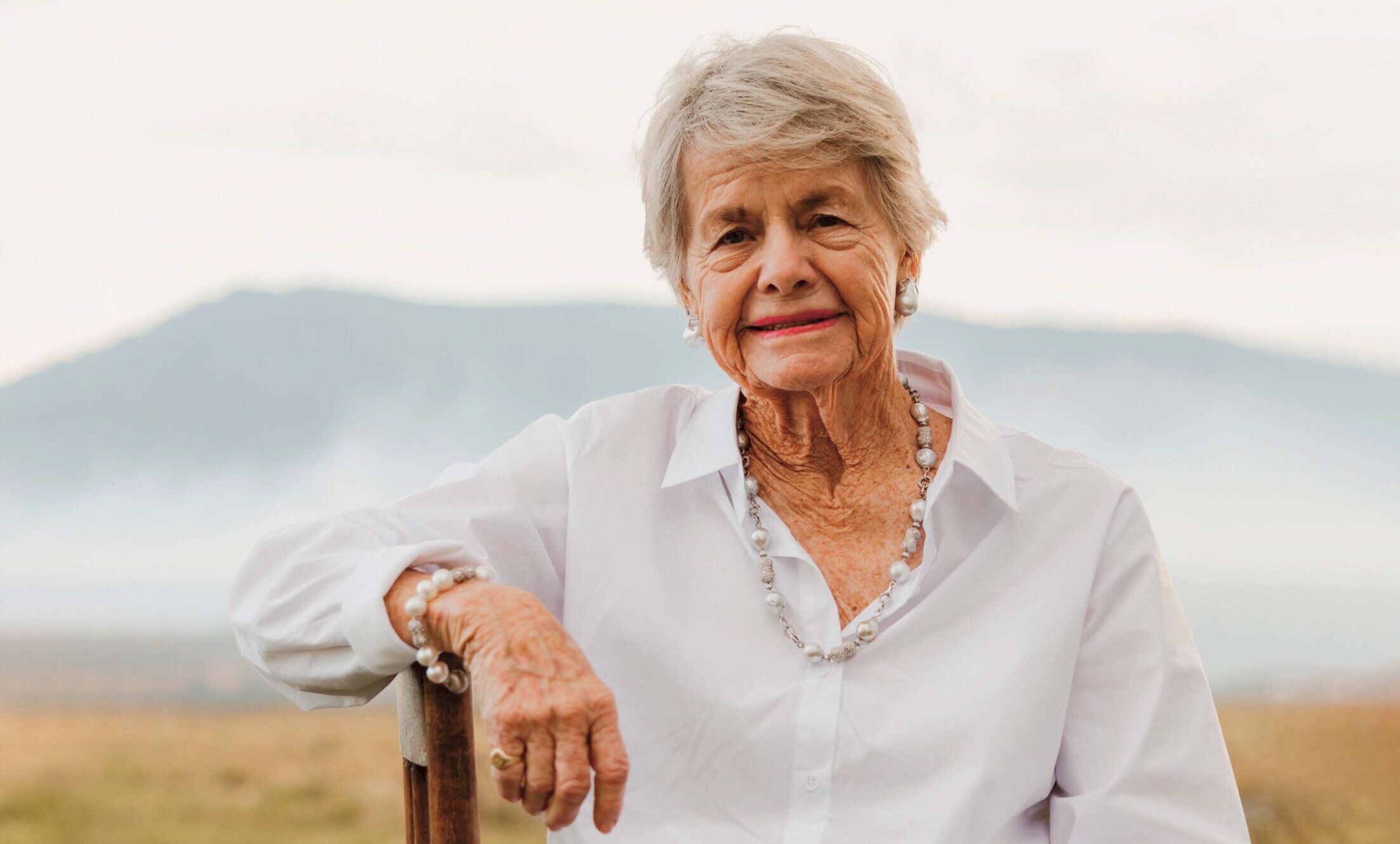
After losing her husband, Penny Button took the reins at Crossmoor, managing the vast property near Longreach, Queensland.
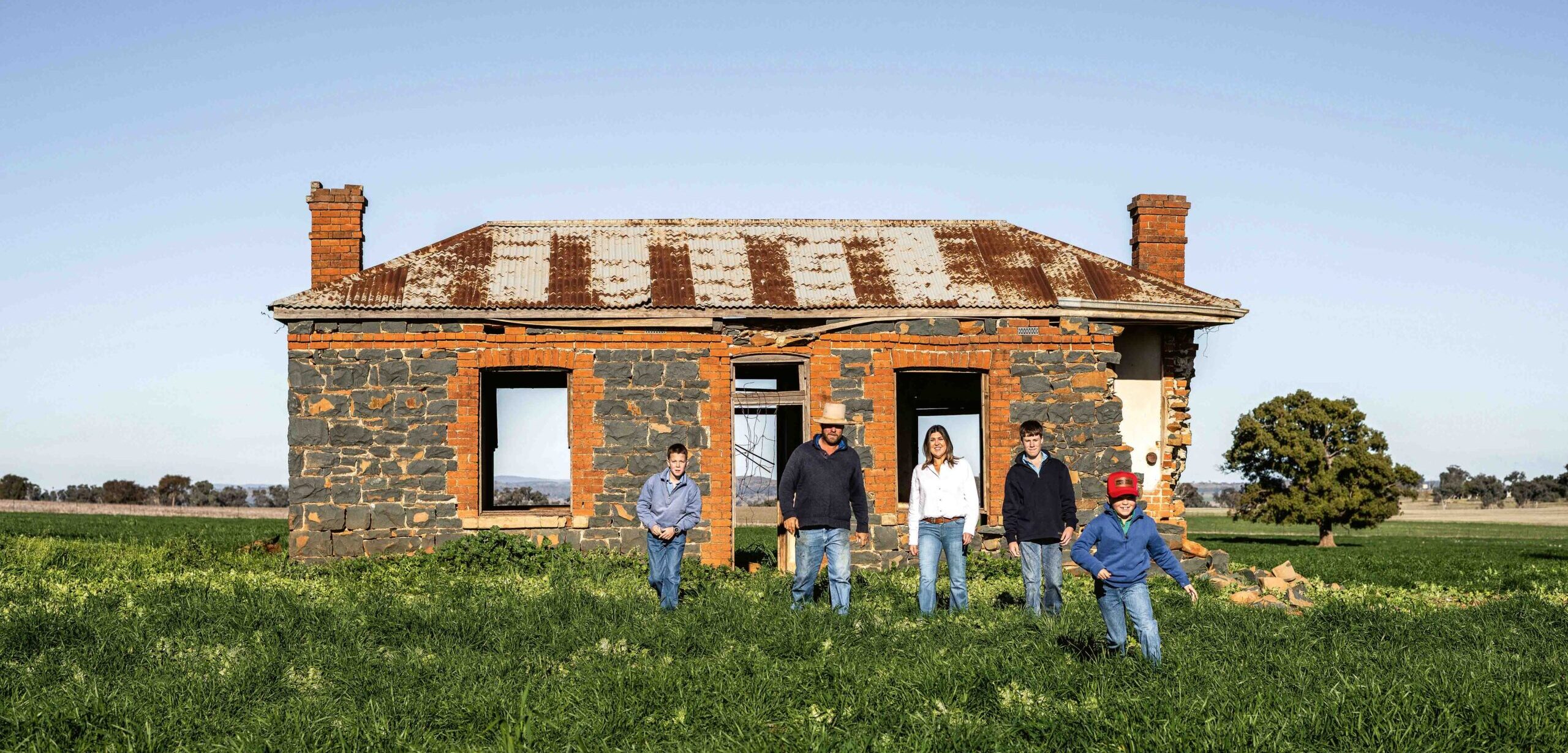
Sending her boys to boarding school was a tough decision, but Dannielle Lees wants them to experience the best of life in Sydney.